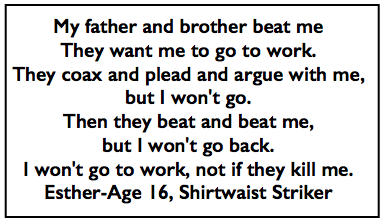 ———-
———-
Hellraisers Journal – Friday February 4, 1910
New York, New York – Girls Persist Despite Hunger, Cold and Beatings
From The Progressive Woman of February 1910:
How Girls Can Strike
BY WILLIAM MAILLY
“A whole lot has been published about what the rich women have done in this shirtwaist strike,” said a woman friend, “but I haven’t seen very much about what the girls themselves have done. Why isn’t something said about them?”
I had been going the rounds of the halls where the shop meetings of the strikers were held, collecting the proceeds from the Special Strike Edition of the Call. It was a dull, wet day, the East Side streets were slippery and dirty with a nasty mush consisting of a week-old snow mixed with the regular refuse that the rich metropolis is too poor to remove promptly from its working class districts. One did not walk through such streets; one slid, splashed and floundered and felt lucky to be able to do that without falling. And the cold rain soaked one through to the skin in short order.
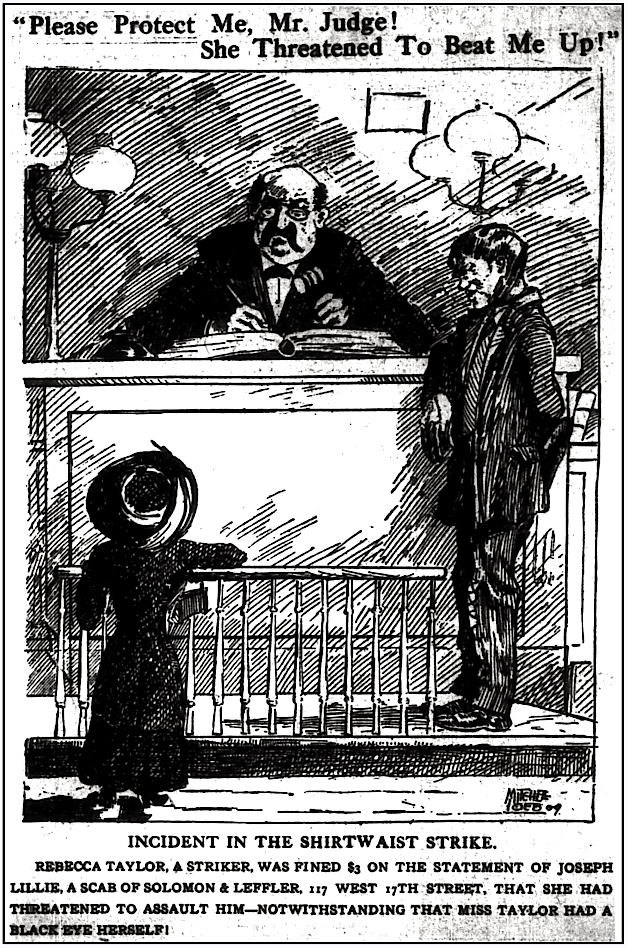
I was leaving Astoria hall on East Fourth street when Gottlieb, the chairman of Casino hall, across the street, accosted me. He was accompanied by a young girl. She was thinly clad, her clothes were shabby, her shoes were torn and sodden, and her face and hands blue with cold.
“Mr. Mailly,” said Gottlieb, “look at this girl. I want to tell you about her. This is the worst case I have in our hall. It’s the worst case I’ve heard of. This girl is only sixteen years old—she has no father or mother living; she has no relatives or friends; she has only been in this country about six months; she can hardly talk English.
“Listen, Mr. Mailly.” Gottlieb was getting more excited as he went on.
This girl hasn’t had anything to eat all day—she is hungry-she must have something—and we can’t give it to her. Also she can not pay the rent of the room she lives in—she must get out if she cannot pay. We can do nothing; we have nothing.
And listen. Think of it. This girl, she got from a man a five-dollar bill for one copy of the Call in the Cafe Monopole on Second avenue today and she brought it in and gave it over to me. And she so hungry and with not a cent, and we needn’t have known she got that five dollars. Think of it! And she says she won’t scab-she doesn’t care what happens to her. But oh, Mr. Mailly, we must help her. You must give her something now. I have brought her to show you.
Continue reading “Hellraisers Journal: “How Girls Can Strike” -William Mailly on Uprising of the 20,000 for The Progressive Woman” →
 ———-
———-
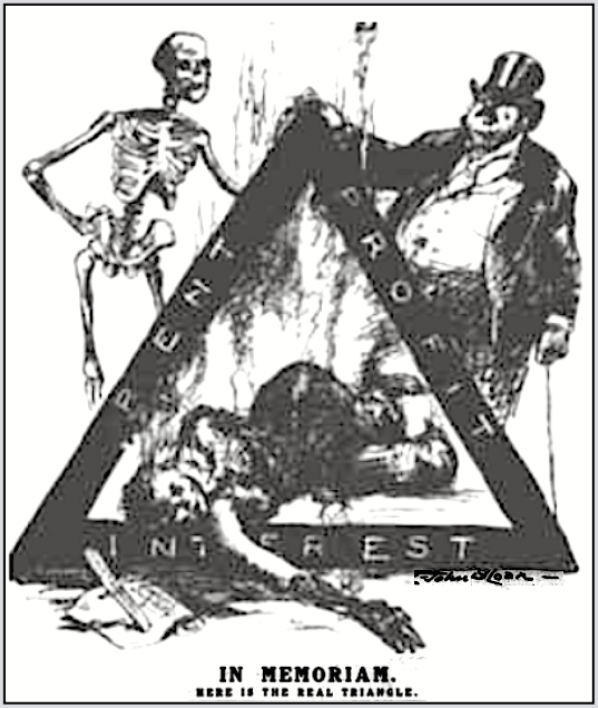
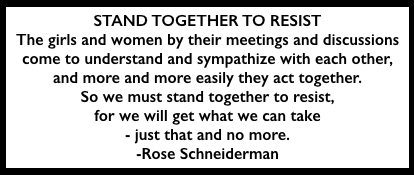 ———-
———-
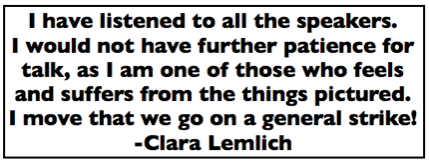 ———-
———-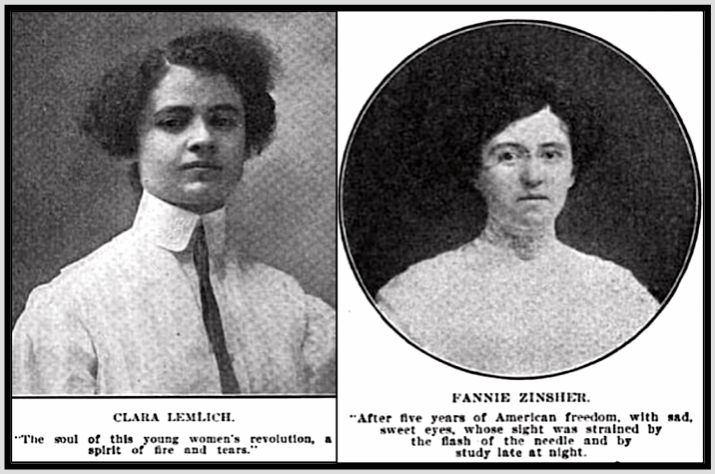
 ———-
———-
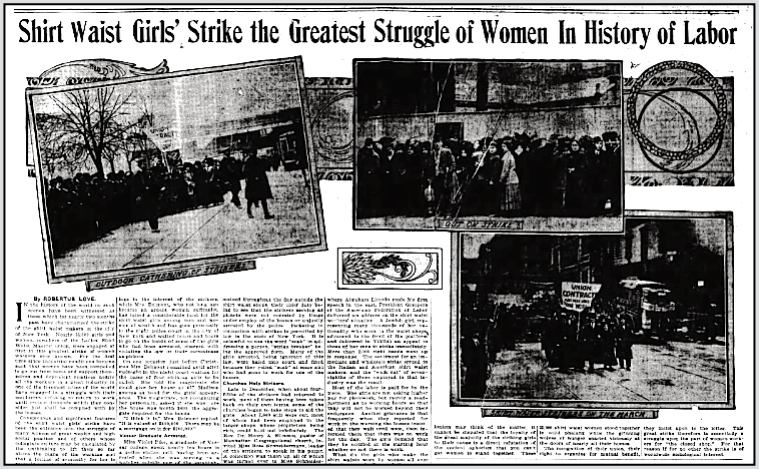 —–
—–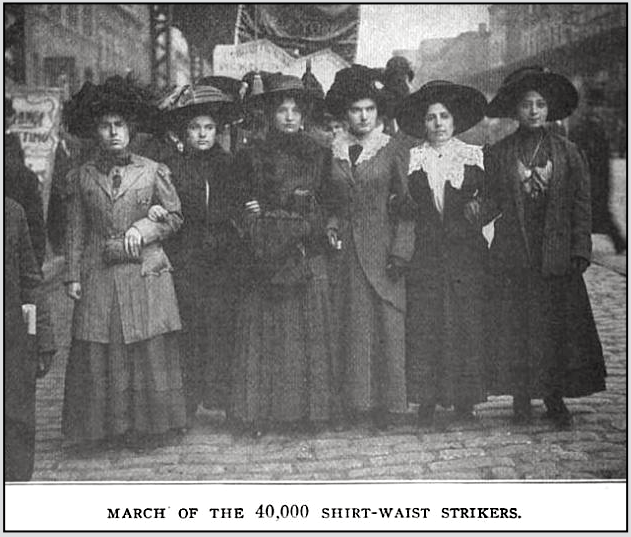
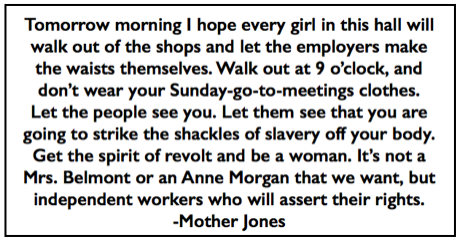 ———-
———-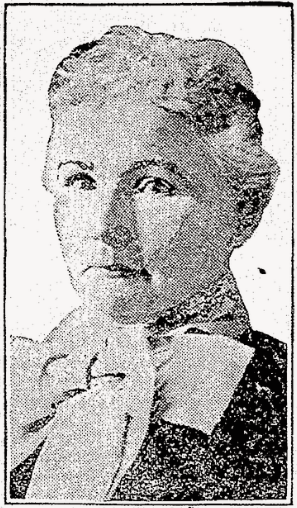
 ———-
———- ———-
———-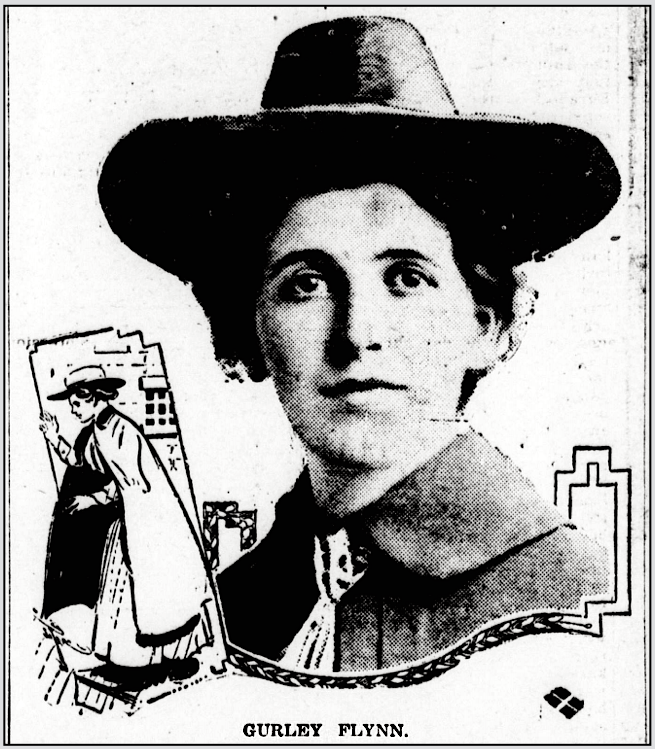 —–
—–